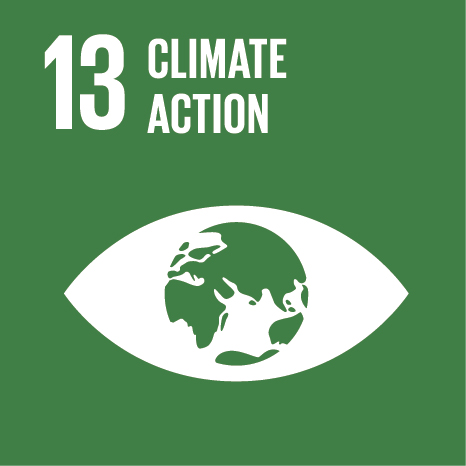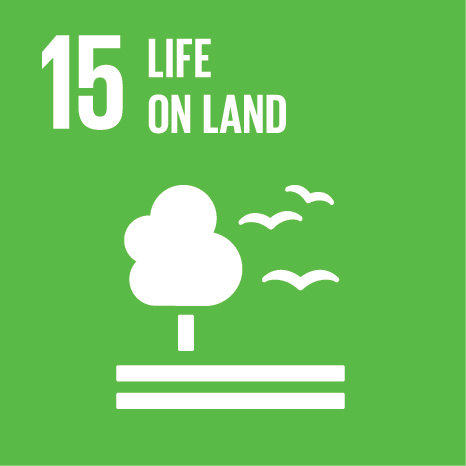Environmental and social impacts of infrastructure development in East Africa
Event Title
Proceedings of the Silk Roads Conference: Anticipating Social and Environmental Impacts of China’s Belt and Road Initiative in the Mountains of Central Asia
Year (definitive publication)
2018
Language
English
Country
Kyrgyzstan
More Information
Web of Science®
This publication is not indexed in Web of Science®
Scopus
This publication is not indexed in Scopus
Google Scholar
This publication is not indexed in Google Scholar
This publication is not indexed in Overton
Abstract
Many megaprojects are underway within development corridors in Africa,
focused on mineral and oil extraction, along with auxiliary infrastructure
developments; including Kenya’s Standard Gauge Railway project, the largest
postindependence project.
2. East African savannah ecosystems and local livelihoods are highly vulnerable to
habitat fragmentation from linear infrastructure, especially due to the importance
of mobility for both migratory wildlife and livestock.
3. Independent EIAs and free, prior and informed consent (FPIC) from local
communities is necessary to reduce social and environmental impacts.
4. New linear infrastructure should be located where costs are smaller, in highly
settled areas with high agricultural potential, and built with mitigating
infrastructure to avoid ecosystem fragmentation.
Acknowledgements
--
Keywords
Infrastructure,Roads,Biodiversity,Environmental impacts,Regional development,Biodiversity conservation,Africa,Drylands,Fragmentation,Livelihoods,Pastoralism,Migrations,Wildlife,China,Kenya
Fields of Science and Technology Classification
- Earth and related Environmental Sciences - Natural Sciences
- Biological Sciences - Natural Sciences
- Other Natural Sciences - Natural Sciences
- Anthropology - Social Sciences
Funding Records
| Funding Reference | Funding Entity |
|---|---|
| UID/CPO/03122/2013 | Fundação para a Ciência e a Tecnologia |
Contributions to the Sustainable Development Goals of the United Nations
With the objective to increase the research activity directed towards the achievement of the United Nations 2030 Sustainable Development Goals, the possibility of associating scientific publications with the Sustainable Development Goals is now available in Ciência_Iscte. These are the Sustainable Development Goals identified by the author(s) for this publication. For more detailed information on the Sustainable Development Goals, click here.

 Português
Português




